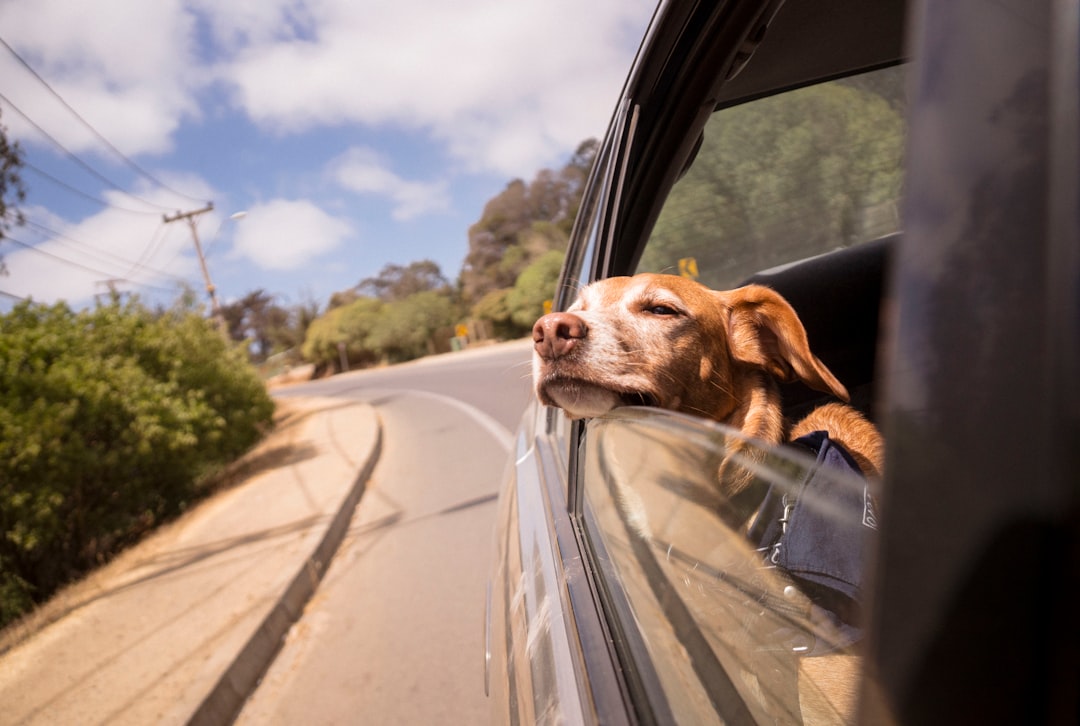Are you planning a trip with your furry friend but worried about their comfort and safety during travel? Crate training is the key to stress-free adventures with your dog. The right crate training approach can transform your dog’s travel experience from anxiety-filled to enjoyable. Whether you’re preparing for a cross-country road trip or regular vet visits, proper crate training is essential for both you and your four-legged companion. In this comprehensive guide, we’ll walk you through 10 proven steps to successfully crate train your dog for travel. From selecting the perfect crate size to implementing positive reinforcement techniques, you’ll learn everything needed to make your dog’s crate their personal sanctuary. Get ready to discover expert-backed strategies that will help your pup associate their crate with comfort and security, making every journey together a tail-wagging experience.
Reward-Based Training Techniques
Positive reinforcement is the cornerstone of successful crate training. When your dog associates their crate with pleasant experiences, they’re more likely to view it as their safe space during travel.
Effective Treat Selection
Choosing the right rewards is crucial for effective crate training. Small treats work best as they allow for frequent reinforcement without overfeeding. Consider using bite-sized pieces that your dog can quickly consume.
Peanut butter is an excellent high-value reward that can keep your dog engaged. You can spread it on a lick mat or stuff it in a Kong toy, making crate time more enjoyable.
Remember to pair treats with verbal praise to strengthen the positive association. When your dog enters the crate willingly, offer enthusiastic words of encouragement along with their reward.
Consistent positive reinforcement helps establish a reliable pattern. Reward your dog every time they enter the crate calmly, gradually reducing treats as they become more comfortable. Mix up the rewards to maintain interest – alternate between different treats and praise.
For longer crate sessions, provide engaging toys or puzzle feeders. This not only rewards your dog but also keeps them mentally stimulated during travel.
Progressive Crate Training
Training your dog to stay in their crate for longer periods requires patience and a systematic approach. The key is to build upon their existing comfort level gradually while maintaining positive associations with the crate space.
Extending Crate Time
Start by establishing a solid foundation of positive behavior around the crate. Place treats randomly inside throughout the day, allowing your dog to discover them independently. This creates an exciting treasure hunt experience and reinforces that good things happen in the crate.
Each training step should be approached methodically. Begin with short duration periods of 5-10 minutes while you remain in sight. As your dog shows comfort, slowly increase the time intervals by 5-minute increments. Remember to keep the crate door open initially during these exercises.
Once your dog appears relaxed, start closing the crate door for brief moments. Open it before they show any signs of distress. This helps them understand that the closed door isn’t permanent. Reward calm behavior with treats and praise.
Gradually extend the duration with the door closed. Practice leaving the room for short periods, then returning before your dog becomes anxious. This builds trust and teaches them that you’ll always come back. Mix up your departure and return times to prevent anticipation anxiety.
If your dog shows signs of stress, take a step back in the training process. It’s better to progress slowly than to rush and create negative associations. Keep training sessions positive and end them while your dog is still eager to participate.
Remember to provide plenty of mental stimulation and physical exercise before crate sessions. A tired dog is more likely to settle peacefully in their crate. Consider using puzzle toys or frozen treats to make crate time more engaging.
Managing Travel Breaks
Safety During Stops
Planning regular breaks during travel is crucial for your dog’s comfort and well-being. When stopping for a potty break, always choose well-lit areas and keep your pet on a secure leash. Rest stops and designated pet areas are ideal locations for these necessary pauses.
Encourage your dog to take a calm elimination break on-leash, maintaining a safe distance from other travelers and their pets. This helps prevent any unexpected interactions and ensures a stress-free experience for everyone involved.
If your journey includes a hotel stay, maintain your dog’s routine by using the crate during rest periods. This familiar space provides comfort and security in an unfamiliar environment. Before letting your dog out of the crate at any stop, ensure the area is secure and free from potential hazards.
Remember to pack essential items like waste bags, water, and a portable bowl for these breaks. Keep stops brief but purposeful, allowing enough time for elimination and a short walk to stretch their legs.
Addressing Common Challenges
Troubleshooting Tips
When crate training your dog for travel, you might encounter some challenges along the way. The best way to handle these situations is to remain patient and consistent with your approach.
Watch out for signs of significant distress like excessive drooling, panting, or scratching at the crate. If you notice these behaviors, take a step back in your training and make the experience more positive for your pet.
Here’s a practical tip: try feeding your dog their meals near the crate, gradually moving the bowl closer until they’re comfortable eating inside. This creates a positive association with the space.
If your dog whines in the crate, avoid letting them out immediately as this reinforces the behavior. Instead, wait for a moment of quiet before opening the door. This teaches them that calm behavior gets rewarded.
For dogs who resist entering the crate, try placing their favorite toys or treats inside. Make it a game by tossing treats into the crate and letting them go in and out freely at first.
Special Considerations
Age-Specific Approaches
When it comes to crate training, different age groups require unique strategies. An adult dog may need more patience and time to adjust to a crate, especially if they’ve never been crate trained before. Start with short periods and gradually increase the duration while offering plenty of positive reinforcement.
For those with a small child at home, it’s crucial to teach them proper interaction with the crated dog. Establish clear rules about not disturbing your own pup when they’re in their safe space. This helps create a positive association with the crate for both your dog and child.
Senior dogs might need extra comfort features like orthopedic padding and easier access. Consider a crate with a lower entry point or wider door to accommodate any mobility issues. Always monitor their comfort level and adjust the training approach accordingly.
Puppies typically adapt more quickly to crate training but require more frequent bathroom breaks. Create a consistent schedule that aligns with their developing bladder control. Remember to make the crate a welcoming space with appropriate toys and comfortable bedding.



